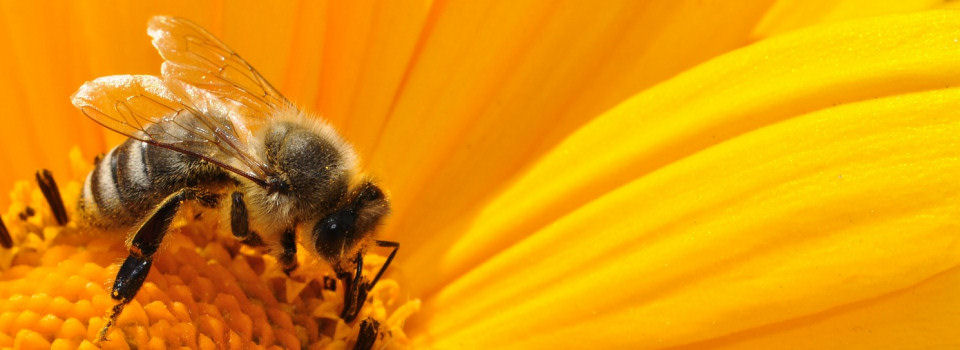(23.03.2024) Gestern morgen in aller Frühe konnte ich die Rapsblütenstiele bereits deutlich in die Hohe geschossen sehen. Dabei habe ich mir gedacht, dass wir zu Ostern, also in einer Woche, viele gelbe Blütenmeere erhalten werden.




Über Nacht ist es deutlich kälter geworden. Ein kühler Wind lässt es draußen nicht gerade angenehm sein. Zu meiner eigenen Überraschung habe ich während eines Morgenspazierganges die ersten gelben Flecken im Grün der Rapsfelder entdeckt. Mit anderen Worten: die Rapsblüte hat soeben am 23. März 2024 begonnen.
Glücklicherweise ist es heute Morgen für die Bienen noch zu kalt, um auszufliegen. Trotzdem drängt jetzt die Zeit, denn die Honigräume müssen nun dringend aufgesetzt werden. Sobald es über 10° - 11° wird, verlassen die Bienen ihren Stock und sammeln den Nektar ein. Und der Platz in vielen Bienenstöcken ist knapp. Glücklicherweise habe ich bereits die Hälfte der Honigräume den Bienen gegeben. An diesem Wochenende ist die andere Hälfte dran und dann kann sie losgehen: die Tracht vom Raps.




Warum berichte ich so intensiv in diesem Jahr von diesem Phänomen? Das hat zwei Gründe. Für mich ist dieses ein Zeichen des bei uns bereits eingetretenen Klimawandels, der sich im Leben der Natur bemerkbar macht. Für die Italiener ist Olivenöl das am meisten verwendete einheimische Öl. In Deutschland ist es das Öl vom Raps. Es ist gesund und geschmacksneutral und vielseitig verwendbar. Außerdem stamme ich aus Norddeutschland. Dort gibt es naturgemäß sehr große und sehr viele Rapsfelder. Mit ihnen und selbstverständlich mit dem Honig vom Raps bin ich aufgewachsen und groß geworden.
versione italiana
Rapsodia in giallo
(23.03.2024) Ieri mattina presto, potevo già vedere gli steli dei fiori di colza spuntare chiaramente. Ho pensato che tra una settimana, a Pasqua, avremmo avuto molti mari di fiori gialli.
Nella notte ha fatto molto più freddo. Un vento fresco rende l'ambiente esterno non proprio piacevole. Con mia grande sorpresa, durante una passeggiata mattutina ho scoperto le prime macchie gialle nel verde dei campi di colza. In altre parole: la fioritura della colza è appena iniziata il 23 marzo 2024.
Fortunatamente, stamattina fa ancora troppo freddo perché le api possano uscire in volo. Tuttavia, il tempo è fondamentale, perché è urgente allestire le camere a miele. Non appena si superano i 10°-11°, le api escono dall'alveare e raccolgono il nettare. In molti alveari lo spazio è ridotto. Fortunatamente ho già consegnato alle api metà delle camere del miele. L'altra metà sarà pronta questo fine settimana e poi potrà iniziare la raccolta della colza.
Perché quest'anno mi occupo così intensamente di questo fenomeno? I motivi sono due. Per me è un segno del cambiamento climatico che si è già verificato nel nostro Paese e che si sta facendo sentire nella vita della natura. Per gli italiani, l'olio d'oliva è l'olio locale più utilizzato. In Germania è l'olio di colza. È sano, dal sapore neutro e versatile. Anch'io vengo dal nord della Germania. Naturalmente, lì ci sono campi di colza molto grandi e molto numerosi. Sono cresciuta con loro e, naturalmente, con il miele di colza.
english version:
Rhapsody in yellow
(23.03.2024) Early yesterday morning, I could already see the rapeseed flower stalks clearly shooting up. I thought to myself that we would have many seas of yellow flowers in a week's time at Easter.
It got much colder overnight. A cool wind makes it not exactly pleasant outside. To my own surprise, I discovered the first patches of yellow in the green of the rapeseed fields during a morning walk. In other words: the rapeseed blossom has just begun on 23 March 2024.
Fortunately, it is still too cold for the bees to fly out this morning. Nevertheless, time is of the essence, as the honey chambers now urgently need to be set up. As soon as it gets above 10°- 11°C, the bees leave their hive and collect the nectar. And space is at a premium in many hives. Fortunately, I have already given half of the honey chambers to the bees. The other half will be ready this weekend and then it can begin: the rape harvest.
Why am I reporting so intensively on this phenomenon this year? There are two reasons. For me, it's a sign of the climate change that has already started here and is making itself felt in the life of nature. For Italians, olive oil is the most widely used local oil. In Germany, it is the oil from rapeseed. It is healthy, neutral in flavour and versatile. I also come from northern Germany. There are naturally very large and very many rapeseed fields there. I grew up with them and, of course, with rapeseed honey.










































Du muss angemeldet sein, um einen Kommentar zu veröffentlichen.